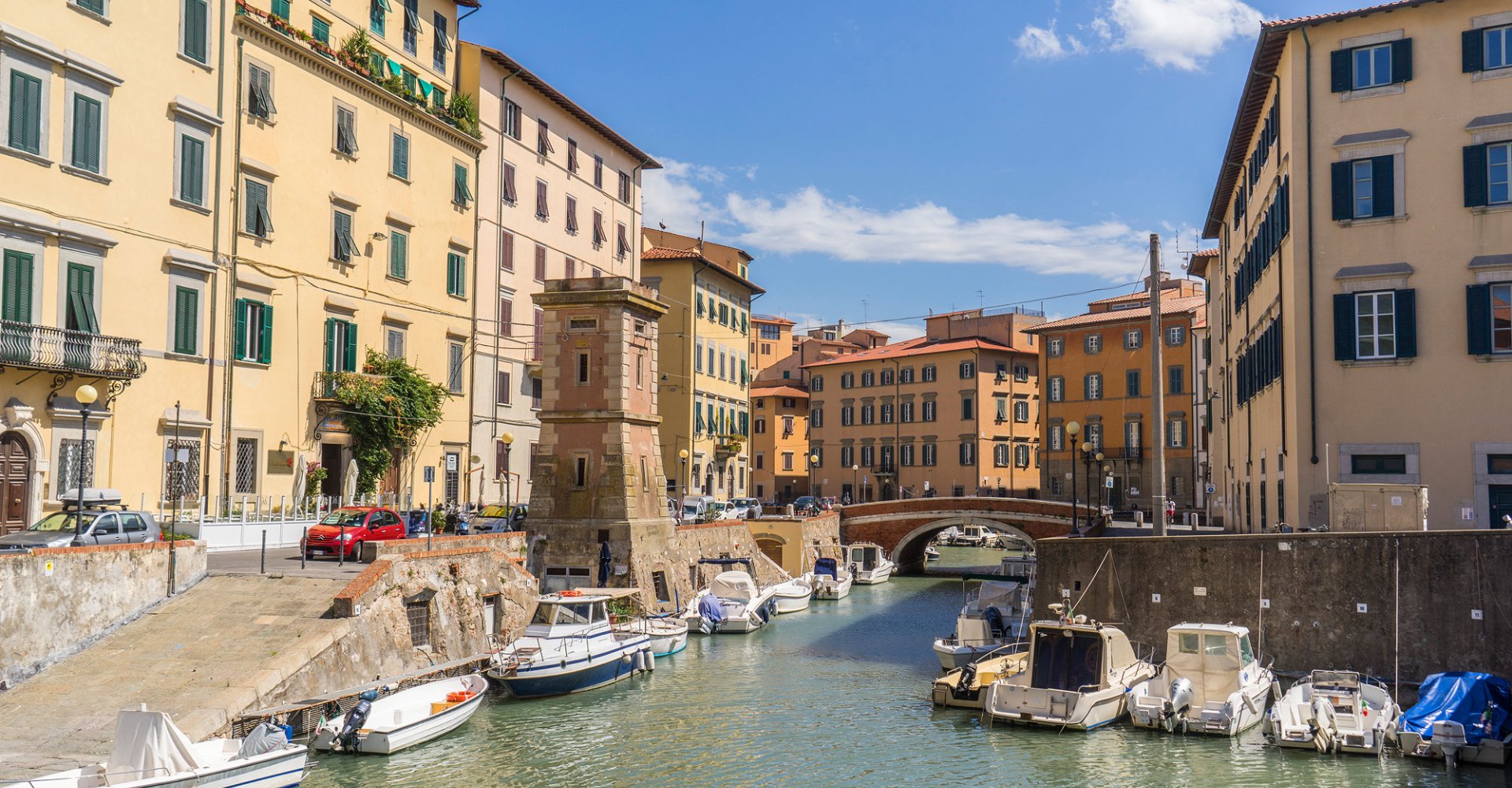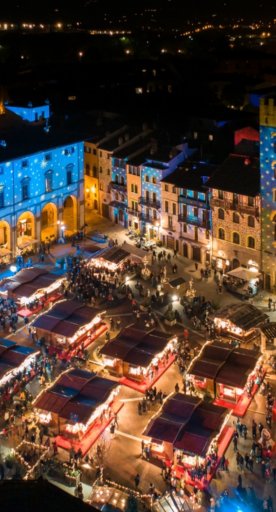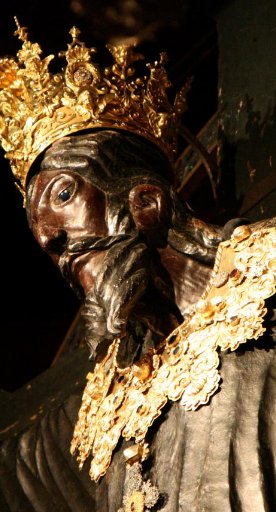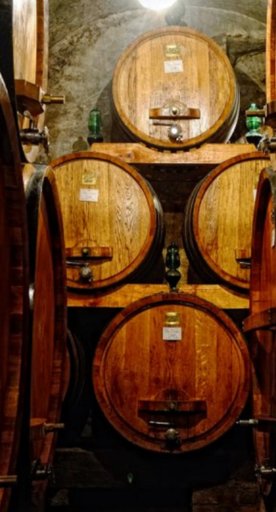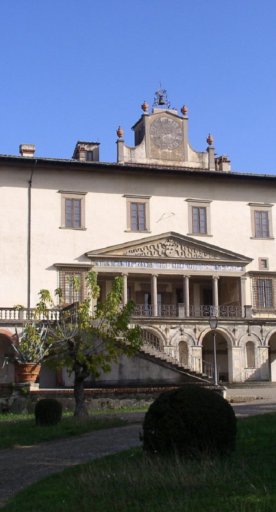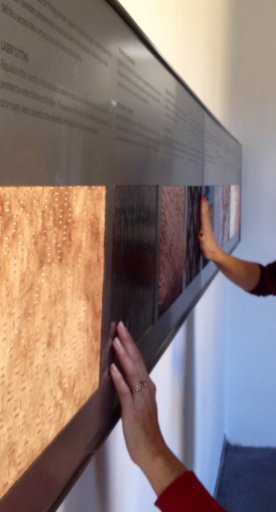A walk through Livorno's history
From the Fortezza Vecchia to the Venice Quarter, this is a dive into this city's history

Further modifications were carried out during the 1600’s in the New Venice district, created between the harbour and the New Fortress. This neighbourhood still maintains its original urban and architectural layout including a dense network of canals, used for connecting the merchants’ residences with their warehouses. These spacious high-rise buildings were founded on the river-bed and merchandise was stored on the ground floor. The neighbourhood is also full of religious and civil buildings such as the 18th century Bottini dell'Olio, store wells for preserving oil, and now an exhibition area. The New Venice district is a beloved tourist haunt which comes to life at night with its many characteristic bars and restaurants, where typical local cuisine can be sampled and cultural events enjoyed.
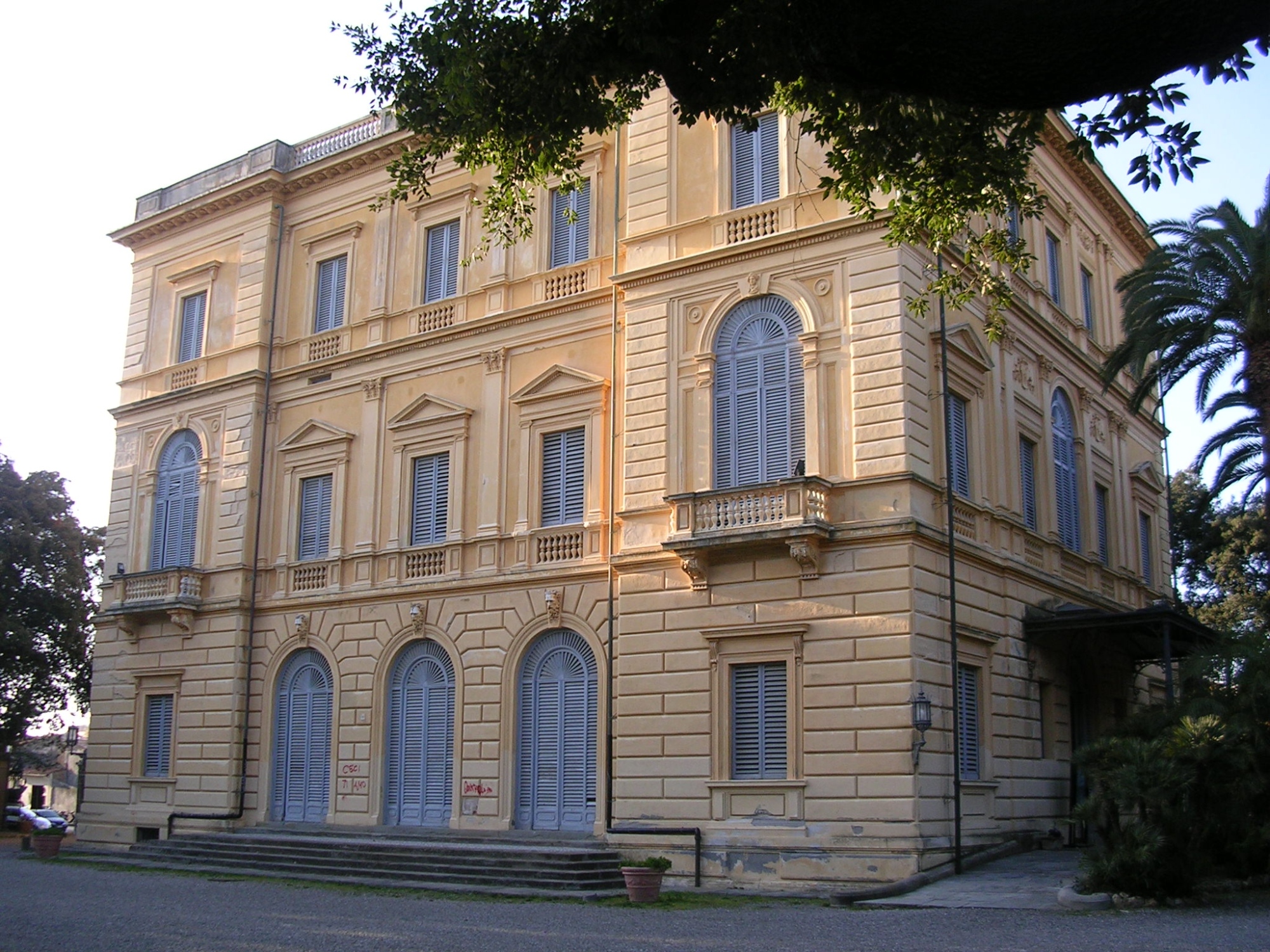
From 1994, the splendid Villa Mimbelli has been home to the Giovanni Fattori Civic Museum, which also contains numerous works of art by other 19th and 20th century artists from the Macchiaioli, Post-Macchiaioli, and Divisionist movements. Many works by Giovanni Fattori can be admired alongside works by Signorini, Cabianca, Boldini, Tommasi, Lega, De Tivoli, Corcos, Nomellini, Ulvi Liegi, Cappiello and many others.
